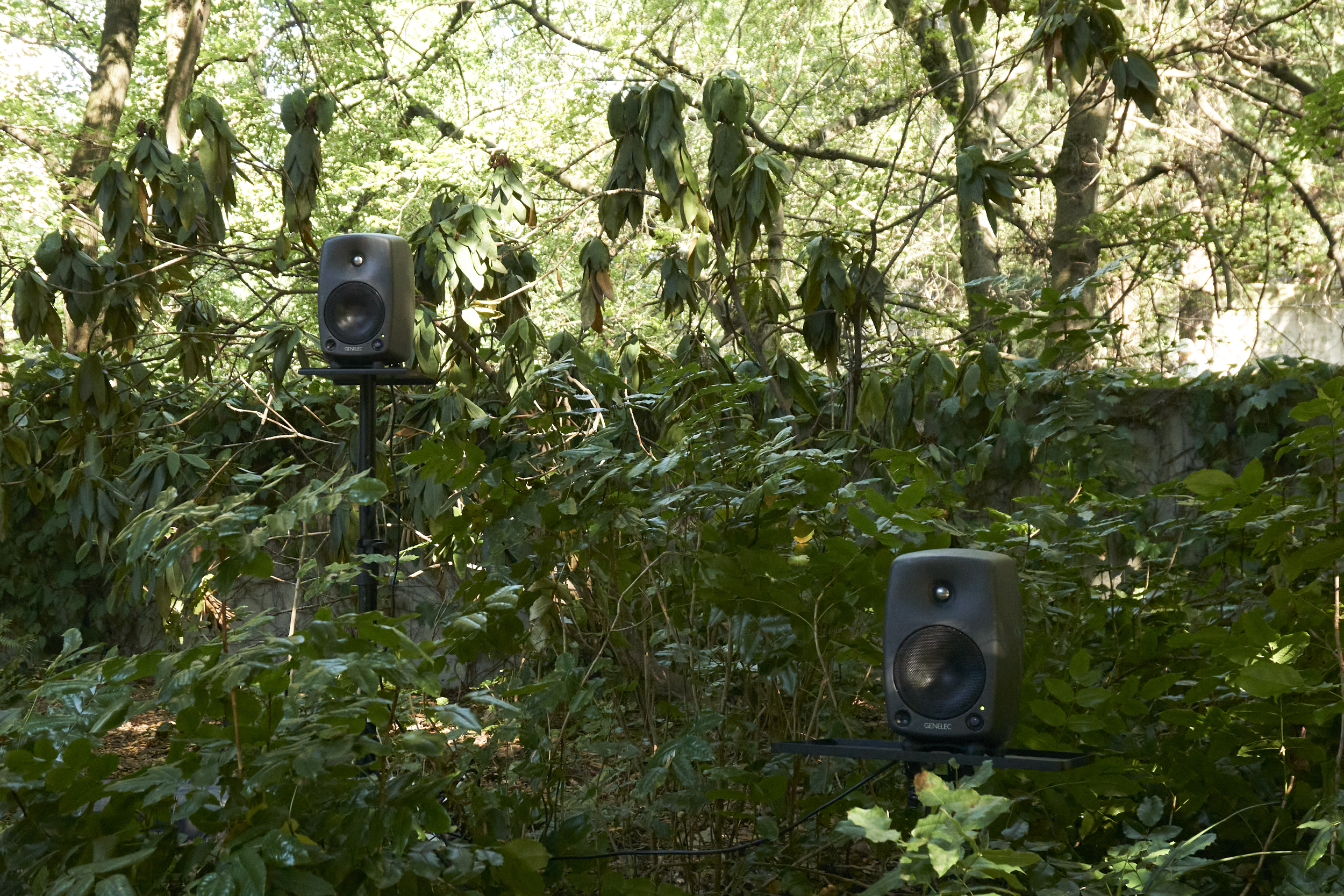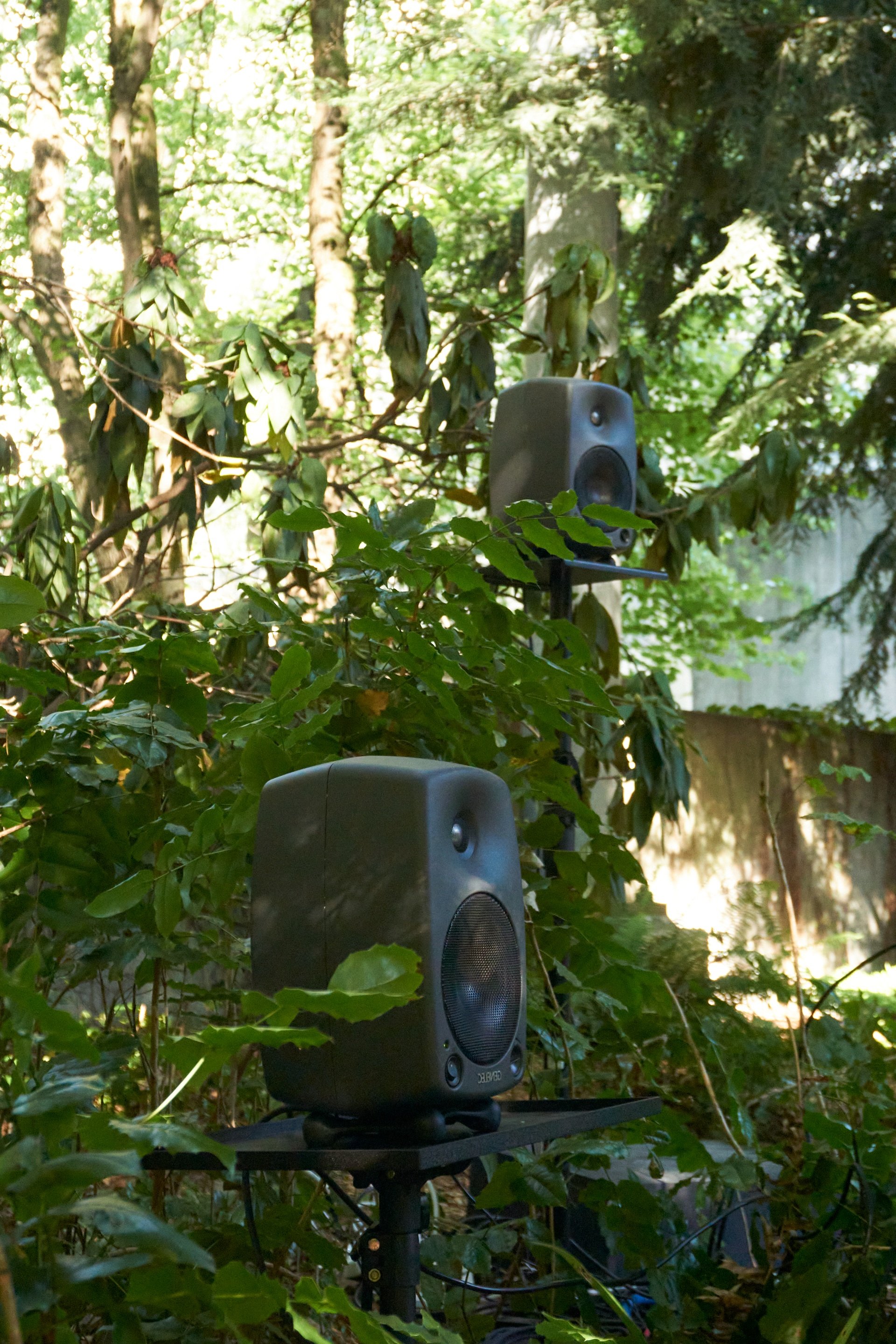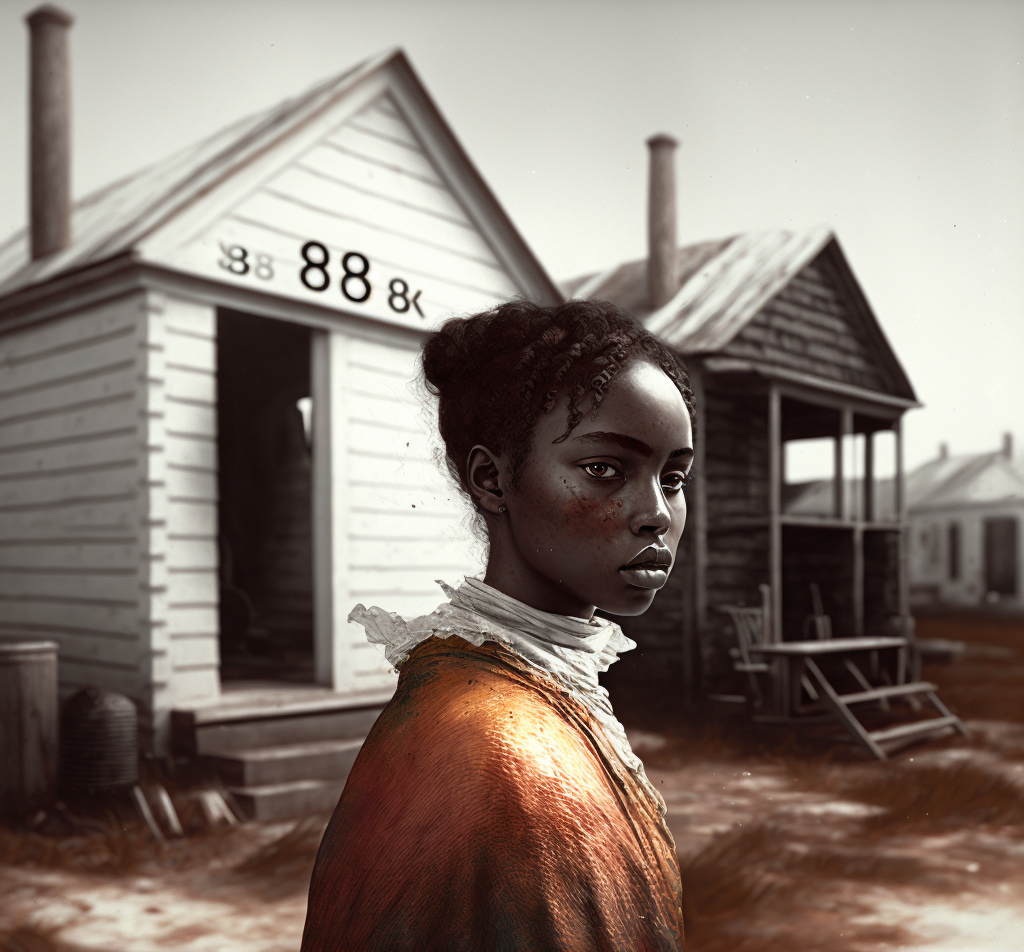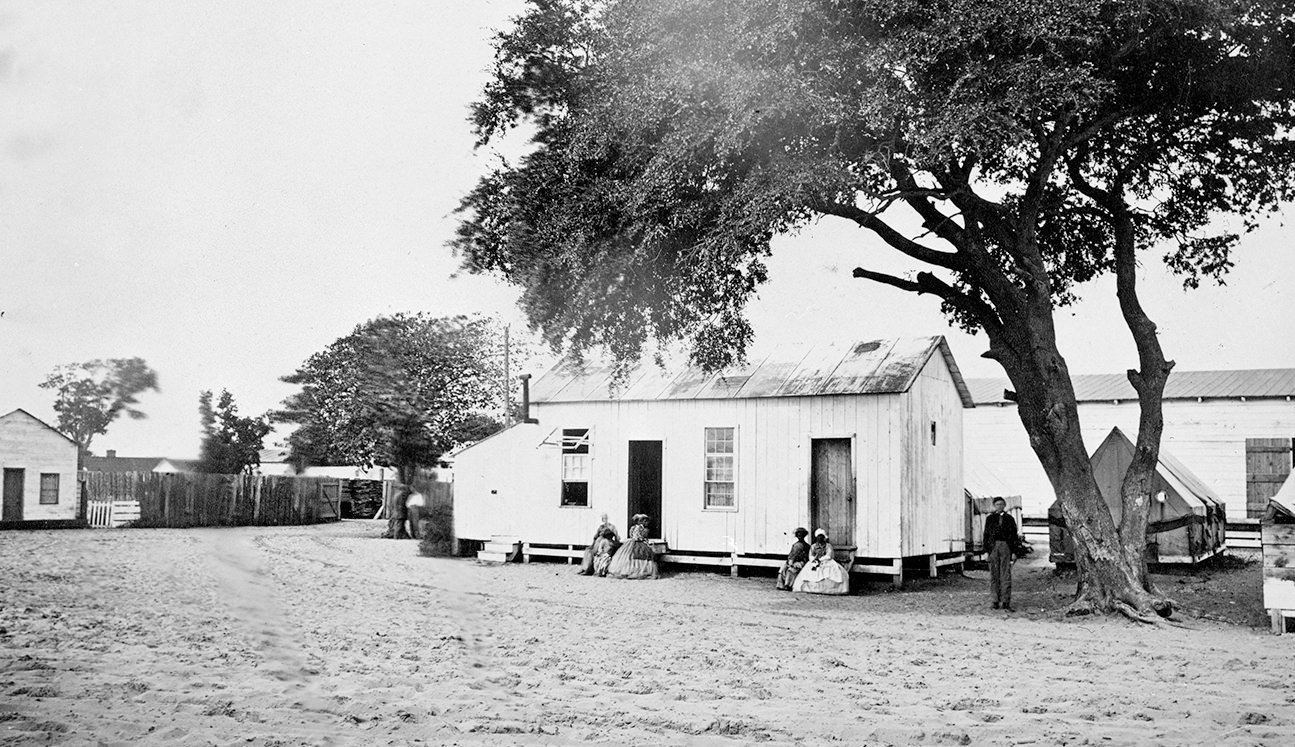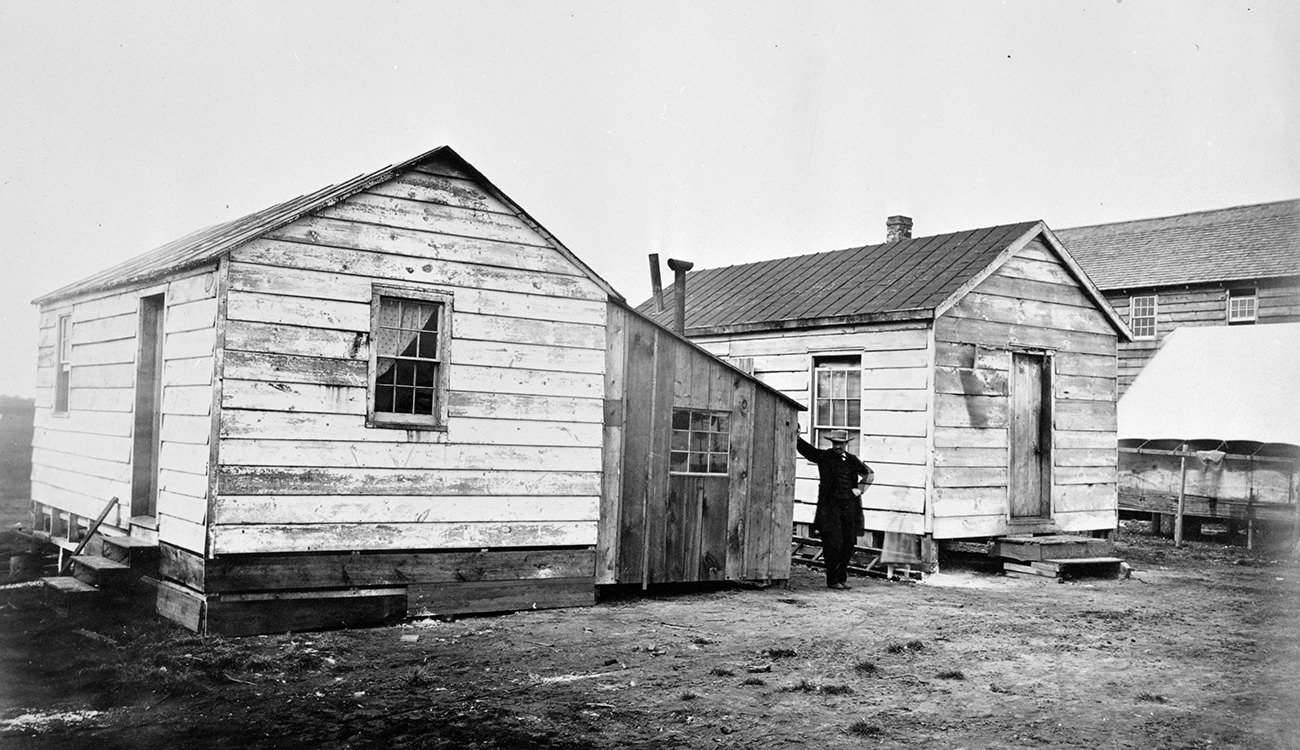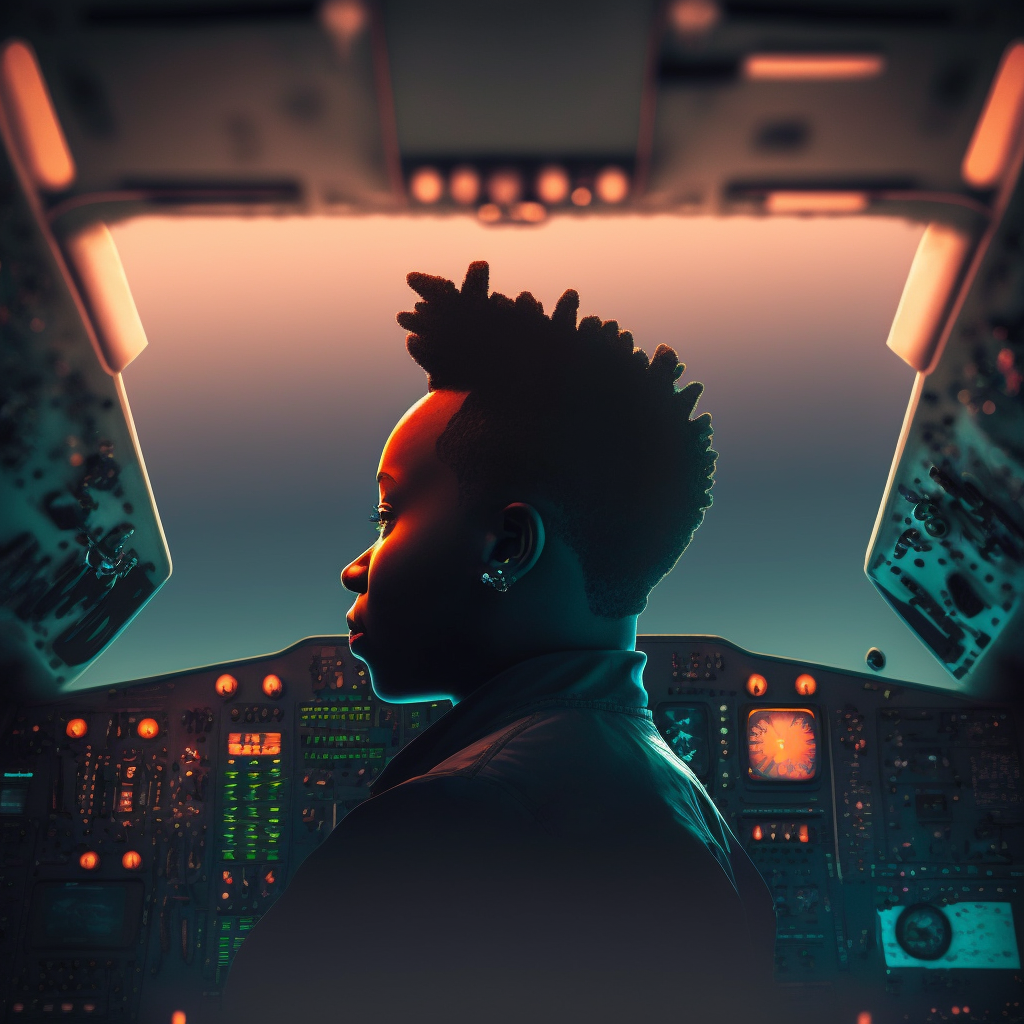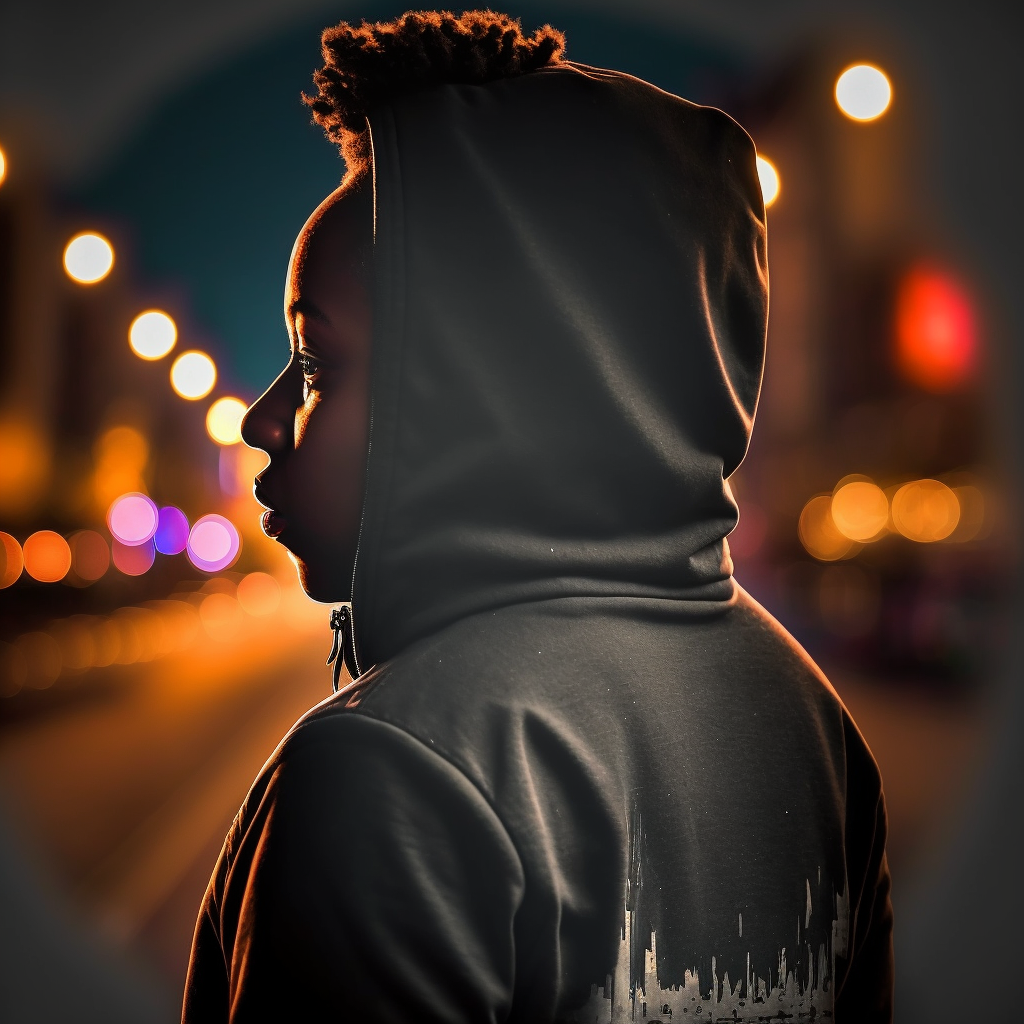DIGITAL ART
PERFORMANCE + pHONE + MULTI-CHANNEL VIDEO
SCREAM CHURCH
04/23-ongoing
CALL NOW
~
CALL NOW ~
CALL NOW
~
CALL NOW ~
Have You Screamed Today?
The worked started with a vague email invitation sent to individuals about a “scream gathering”. Those who answered were invited to a public gathering, where screaming would occur. The participants were interviewed individually and expressed their thoughts, feelings, and ideas about screaming publicly, privately and in practice. In the spring of 2023 this group of casual strangers gathered together in public to scream together for the first time, and Scream Church was born.
As a video installation, Scream Church transgresses the traditional boundaries of genre by subverting the visual language of infomercials, self-help videos, and online meditation videos. It employs biting satire, parody, and appropriation to explore the nuanced interplay between vocal expression, emotional release, and self liberation. The work invites viewers to contemplate the transformative potential of unbridled vocalizations as a means of confronting and transcending existential strife, and examining the confines of social norms.
Additionally, a scream hotline was created which has several interactive elements.
CALL NOW
1-844-469-06-91
OPENING Sept 2-3 @ BUMBERSHOOT FESTIVAL
Seattle, WA
REFLECTIONS
SOUND INSTALLATION
08/23
After visiting Freeway Park in Seattle, CHARI noticed that the soundscape was was peculiar. There were very future nature sounds, and instead ambient traffic, artificial fountains, construction and metallic grates.
The original plan was to use field recordings taken from within freeway park and repurpose them in an effort to create a new soundscape. However, the work transformed as I began to question the idea of nature in a city landscape, and the tension between noise and nature.
The resulting 4 channel sound installation, which consists of speakers placed inconspicuously within the foliage of the park, transitions through three movements where the industrial, architectural, and natural relationships are explored through the sonic.
This piece is a sonic experiment that interrogates the dynamics of building a world on top of a preexisting one, and asks what remains and is revealed in the shifting transmutation.
machine learning + portraits + 3D Animation
selfhood
2023-ongoing
If the future is digital,
am I there?
3D Animation + DISIDENTIFICATION
This ongoing work looks at digital recreations of self, exploring the limits and possibilities of technological tools which are built with inherent biases. Here CHARI is exploring the self definition and identity in the real, and examining personal, cultural, and physical dynamics and tensions. When the future arrives and we are all avatars, how might social rules and systems structures shift? Can oppressive systems be subverted, dismantled, or are they ever-present and reinforced?
SATELLITES + ARCHIVES + CULTURAL MEMORY + MULTI-CHANNEL VIDEO
SPECULATIVE LANDSCAPES
06/22-ongoing
HISTORICAL CONTEXT, ERASURE, GENTRIFICATION
The project began with the Gullah Geechee people, a group of descendants of West and Central Africa who were previously enslaved in the lower Atlantic states in America. After the end of American chattel slavery, the Gullah Geechee collectively purchased the land they had previously worked while enslaved, and built their own society, removed and protected. In doing so, they were able to maintain their own language and cultural practices based on their West African heritage. However, over the decades as the property values have gone up, real estate capitalists found loopholes that allowed for the slow erosion of the communally held land. Today where there was once Gullah farms, churches, schools, and graveyards, there are now hundreds of vacation resorts, hotels, and golf courses. The progression of this change has been made visible with the use of satellite technology like Google Maps.
CREATIVE TOPOGRAPHY & PHYSICAL MAPPING
Maps are often tied to colonialist ideas of ownership, boundaries, and territories. Maps also create documented versions of realities that are assumed to be true. This project takes a critical perspective, examining the use of modern day mapping systems like Google Maps, and the weight that is given to what is captured and store as truth. This framework also provides a visual representation of gentrification and erasure as the archived captures of landscapes are visible. Speculative Landscapes subverts the tool by altering the output, and by doing so it creatively explores and challenges the boundaries of reality in a technical society. As a counteraction, Speculative Landscapes is also situated within the digital humanities as a method for preserving and historical narratives.
“Taking a commercial advertisement for Hilton Head Island, South Carolina, which depicts the area as a sun-soaked white utopian paradise with images of people relaxing and enjoying the natural environment, CHARI overlays on this a video of a Gullah ring shout. The viewer can feel the rhythm and call of the Gullah people as they produce a different relationship and experience of the same land, calling the viewers attention to the Gullah peoples’ deep historical relationship to this place, one that the advertisers would wish to conceal.”
-Eric Villers, Curator
We Black, We Surreal @ Jacob Lawrence Gallery
THE CIRCLE UNBROKEN
APPROPRIATED FOOTAGE + COLLAGE
SPECULATIVE LANDSCAPES:
The Fisherman Have All Gone…
Scenes form the once bustling fishing area in Hilton Head, SC used by Gullah people to support and sustain their way of life. The area has been converted into a rowing center, which is eerily quiet and hauntingly vacant.
MULTI-CHANNEL VIDEO
MACHINE LEARNING + ARCHIVES + SPECULATIVE HISTORY
MITCHELVILLE, 1862
12/22-ongoing
HISTORICAL CONTEXT
“The success of Union forces in the Battle of Port Royal on Nov. 7, 1861, gave the Union control over Hilton Head Island, Beaufort, and the Atlantic coastline south to Jacksonville. It also opened the door to freedom for slaves in the Sea Islands. By the hundreds, African Americans sought refuge from former masters by fleeing to Union-held territory. Hilton Head Island, the headquarters of the Department of the South, initially attracted those slaves left behind on the Island when southern planters fled and subsequently provided a haven to slaves from the surrounding area, including Georgia and Florida, as well.
Referred to as “contrabands,” these runaway slaves found work, shelter, food and clothing at the Union garrison. By late 1862 nearly 1,000 African Americans lived on the outskirts of the garrison, mostly in barracks. Tensions grew between them and the Union soldiers and conditions in the barracks were poor. When General Ormsby Mitchel assumed command of Department of the South in September 1862, he immediately proposed construction of a village for the freedmen adjacent to the stockade on Fish Haul (Drayton) Plantation. By March 1863 the town was established and named in honor of the general, who had died of fever some six weeks after his arrival.
Mitchelville was designed as a full town, with streets laid out in regular patterns and with quarter-acre plots. Houses were constructed by the residents with materials supplied by the army.
Source: https://heritagelib.org/the-people-of-mitchelville-18621868
MACHINE LEARNING & ARCHIVAL PHOTOS
Using archival images of Mitchelville, the first free black town in the history of the United States as both spark, and framework, I grew curious about the lives of those who lived there. Many of the archival photos I found were from long range and / or low resolution. Drawing upon the work of Saidiya Hartman, I began considering the gesture of bridging the gap between “theory and narrative”, between history and human.
For this project I am using historical photos of Mitchelville as pictorial data for visual machine learning systems, in an attempt at creating speculative portraits.
CHARI @ Jacob Lawrence Gallery with Speculative Landscape Portraits
Seattle, WA
VIDEO ART + ARCHIVES + SOUND + PEFORMANCE
IN THE DEAD OF NIGHT
HISTORICAL CONTEXT
For most of its history, Seattle was a tightly segregated city, fully committed to white supremacy and the separation or exclusion of those considered not white.
In the 1960s, King County population had increased 38% in the previous decade, reaching 935,014 by the time of the April Census. Whites accounted for 94% of county residents joined by 27,805 African Americans, 10,789 Japanese Americans, 4,434 Filipinos, 4,321 Chinese Americans, and several hundred other Asian Americans. The population of Native Americans was also growing, reaching 2,929 and there was a small but uncounted number of Latinos.
Tight segregation remained the rule. Discrimination on the basis of race remained fully legal and widely practiced by real estate agents, landlords, white property owners, and neighborhood associations. Nearly all Black, Asian, and Native American families were locked in a triangle of census tracts in the Central District and Chinatown. Small pockets of Black residents remained in the High Point housing project in southwest Seattle, but the number living in Sodo and Georgetown area had declined along with the total population of housing in these areas gave way to freeways, warehouses, and industrial sites.
Today, Seattle is a city where neighborhoods are still reflective of this history. What is at stake in walking around a city with such a history?
Modern day technology has made visible the exchanges between black Americans and police, and the frequency at which those exchanges turn normal everyday mundane moments, into deadly encounters. The catalyst for this? Suspicion. Something, someone, or some circumstance is perceived to be out of context. The Dead of Night is an illustration of the tension that arises with being black and out of “place” in American society. This work was inspired by research into the demographics of Seattle, WA, which revealed the remnants of historical segregation still present today.
Map Reference: https://depts.washington.edu/civilr/segregated.htm
VIDEO ART + ARCHIVES + SOUND + PEFORMANCE
JUSTICE FOR BREONNA TAYLOR
I wrote a piece for her.
My good friend and fellow Mills alum Jake Parker Scott recorded a version of it.
Jake and and I talked about the piece beforehand and it’s significance, why I chose the saxophone, the particular articulations, and sounds, and specifically about the last measure of the piece. It’s a a measure that the player must repeat 36 times.
This is not small task for a saxophone player, but the difficulty is a part of it. The performance as well as our listening, is but a small bit of what we can offer as validation, to hold space for the life that was lost in such a tragic way.
2018
DIGITAL_ME
A series of self portraits generated with AI.
02/22
machine learning + DATASETS +ENCRYPTION
HAIRSTYLE-GAN
ARTIFACTS
From one perspective, an artifact can be readily associated with physical objects that are observed in association with a particular culture or group of people. However, in a broader context, an artifact can be considered, " anything created by humans which gives information about the culture of its creator and users." 1 Thinking about both versions of definition, I arrived at a systemic expression that felt like a bridge between both, something that gives information, and is a physical extension of an artifact. Black Hair.
HAIR AS TECHNOLOGY
Nonsikelelo Mutiti, an artist and educator who has created work that reflects on the technological aspects of black hair braiding writes that, "the execution and repetition of a series of procedures, produces the patterns we see as braids. It is a closed system of rules that allows for variable patterns to evolve. The sectioning of hair is done with mathematical understanding", therefore making the hairstyle created algorithmically derived. 2
In concert with Nonsikelelo Mutiti's work, Nettice Gaskins writes, "in mathematics and computing the algorithm is a step-by-step procedure for calculations. Algorithmic art is often referred to as computer-generated art. However, traditional hair braiders do not use computers to make their calculations... hair braiding is a technology." 3
The cultural practice of hair braiding is thought to have originated with the Himba people of Namabia hundreds of years ago. "In many African tribes, braided hairstyles were a unique way to identify each tribe. Braid patterns and hairstyles were an indication of a person's tribe, age, marital states, wealth, power, and religion." 4 From this historical standpoint, hair braiding has two functional dimensions. In alignment with the definitions discussed previously, as an artifact it communicates about the cultural practices associate with a group of people, but underneath there is an encoded layer of secondary communication.
The practice and technology of hair braiding has been shared intergenerationally, and continued to be prevalent in today’s society. It is still, today, a representation of a cultural practice, but to some degree the function of intentional encoded communication, or hair braiding as a language has degraded overtime.
MACHINE LEARNING PROCESS
I continue to collect unique images of hair braiding samples to build a dataset. Then making use of StyleGan2, a model was trained to generate new braiding hairstyles. After I achieved this I wanted operationalize the model through a system, to revisit the function of language in a creative and speculative way. Thereafter, utilizing latent space seeds, I created an encrypted visual language algorithm, and the braided hair becomes a message once again.
REFLECTIONS
It is my intention to preserve cultural practices and artifacts. I am also holding space for the dichotomy that exists between modern society's demonization of black hair expression and it's simultaneous appropriation of the same expression. 5 This project attempts to reinvent, or imagine the art of black hair retrospectively.
Publication: https://www.researchgate.net/publication/361263450_Slanted_Speculations_Material_Encounters_with_Algorithmic_Bias
